Stability and mobility are the cornerstones of functional movement. Joint mobility is defined as the degree to which an articulation (where two bones meet) is allowed to move before being restricted by surrounding tissues; joint stability is defined as the ability to maintain or control joint movement or position. Stability is achieved by coordinating actions of surrounding tissue and the neuromuscular system connection to the muscles.
Instability means that the muscles cannot contract or function efficiently.
To demonstrate this further, think of a person walking on ice. The body has a natural mechanism to tighten up and protect. So there is more muscle activity occurring with instability. The factors creating instability can be outside of your body (ice, wind) or inside (muscle weakness, age).
As we age, our bodies can also go into a protective state involuntarily. Many would call this lack of mobility. The good news is that motion or mobility can be improved by improving muscle strength.
Every muscle has its own minimal and maximum output threshold. Minimally, the muscle must work and be healthy enough to function. If a muscle is not used, it can change shape, get flabby or, as referred to in medicine, atrophy. For muscles to have the maximum output, the muscle should be healthy and strong. But, if the maximum threshold is exceeded, injury such as a rupture or tear can occur. Finally, there is a muscle set point level. This can be defined as the state of the muscle physiologically, now in time. The goal is to have the set point of the muscle operate and be as close to the maximum threshold as possible, to affect better output and be strong.
Over time, as we age, due to stress, trauma and overuse, the muscle set point declines. With a lower set point of the muscle, the muscle’s ability to function best is compromised. This results in muscles and tissues being less capable of handling stresses or forces placed upon them. Also, lower functioning or weaker muscles tighten up to protect sooner when stress is applied. So, every time the set point of a muscle lowers, we decrease our ability to perform.
What to do? We can either take things away – less pickleball, less running, less golf – or we can raise our muscle set point by getting stronger. We can minimize and stop the downward progression of the muscle’s ability to operate and improve its ability to tolerate forces (wind, ice…and age).
Finally, muscles cannot work without communication from the nervous system. This system “talks” to our muscles. We need data from the muscle to send a signal to the brain and then the brain to send out a command to move the muscle and create a response. We have to have both: strong muscles and active nerves.
Historically, in 1895, Sherrington did a study on monkeys. The sensory (feeling) nerves were cut, leaving the muscle nerves working. The result: the monkeys stopped using their limbs, even though the muscles were still present. Take home message: “If you do not use it, you lose it.”
So, essentially, strength is synonymous with stability, and we need muscle strength to have better mobility.
Dr. Stacey Clarke is a Muscle Activation Technique specialist and podiatrist. She combines 26 years of traditional medicine with this complementary modality for integrative care. Dr. Clarke can be reached at (760) 285.7723. For more on MAT, visit www.footdoconfoot.com





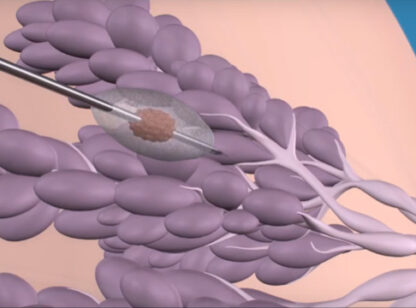
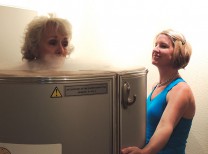


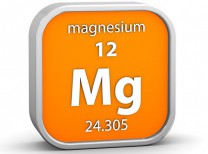
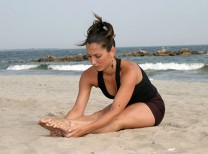


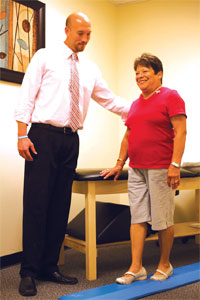

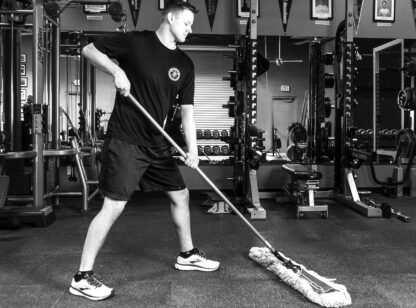
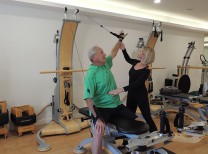





























Comments (0)